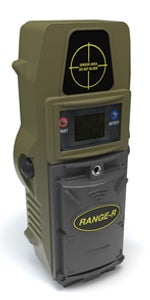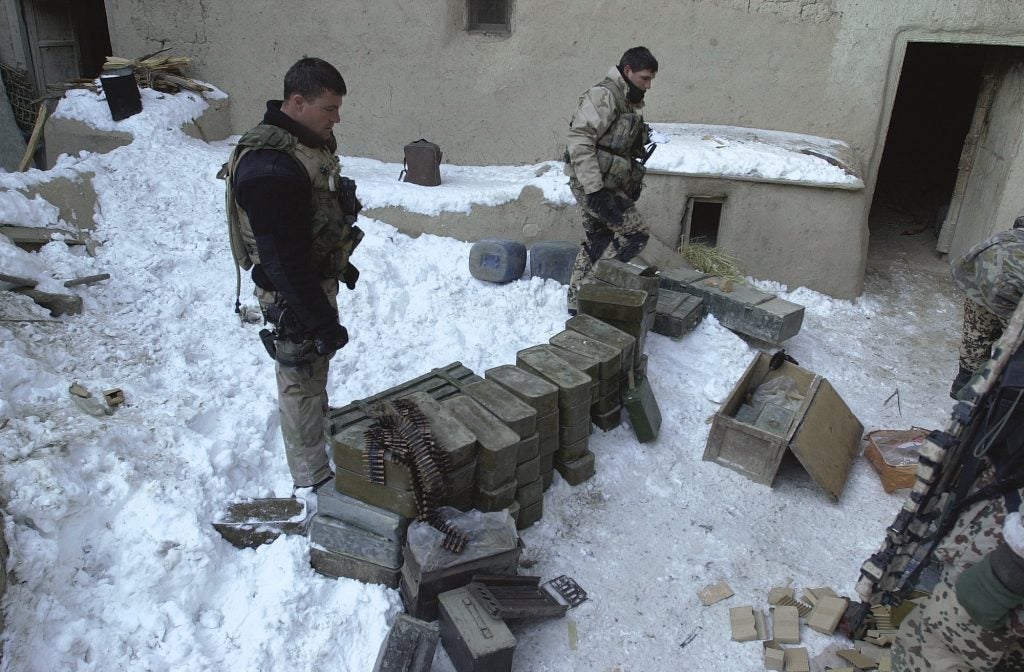USSOCOM Seeks Technology to ‘See-Through’ Walls
US Special Operations Command (USSOCOM) have launched a research programchallenging industry to develop a handheld sensor that can be employed to ‘see-through’ walls and intervening obstacles. Rather than science-fiction’s X-Ray vision, the sensor will only need to detect the presence of hidden areas, particularly useful during sensitive site exploitations (SSEs) as operators search for weapons or explosive caches.
The device will be required to be able to detect cavities or objects up to a depth of over half a metre or around two foot while detection range will be in the region of two metres or six and a half feet. Ground penetrating radar (GPR) likely offers the best chance of success. GPR detectors became standard issue after the Taliban moved to low or no metal content improvised explosive devices (IEDs) in Afghanistan in an effort to defeat traditional mine detection technology.

USSOCOM’s requirements are clear that only a high performing sensor will actually be carried by typically overloaded operators; “For the operator to be willing to carry/operate an additional system, along with all of his other equipment, the system performance needs to be high; a system with low detection rates or high false detection rates will be left behind.”
Handheld units that can detect the presence of human beings behind walls already exist and in service. Known as ‘through the wall sensing (TTWS)’, such sensors can locate and distinguish between ‘breathers’ and ‘non-breathers’ at relatively short range although units such as the Lumineye Lux features a detection range of 15 metres or around 50 feet. The most well-known is the RANGE-R which has been purchased by a number of European counter-terrorist units and US federal law enforcement agencies.
TTWS technology projects low frequency radio waves that register a ‘hit’ by bouncing back from a human behind a wall. This technology can be interrupted or even defeated by metal walls or rebar and generally only has a depth range of a foot (30 centimeters) meaning thick compound walls will negate the capability.

